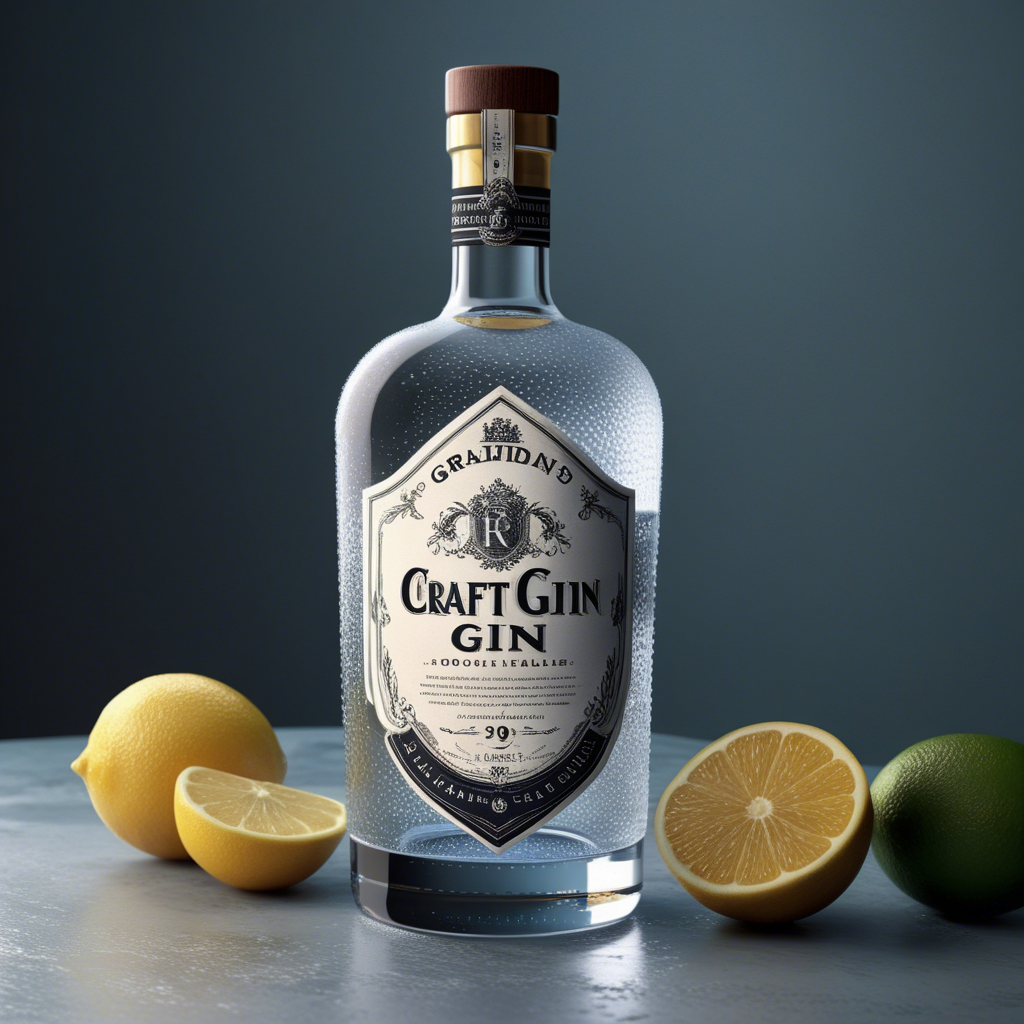The world of craft gin has exploded in recent years, with distilleries around the globe creating unique and innovative spirits that showcase the versatility of this beloved spirit. At the heart of every great gin is a carefully selected blend of botanicals, which impart flavor, aroma, and character to the final product. In this article, we’ll delve into the world of botanicals and flavors, exploring the key ingredients and techniques that make craft gin so exciting.
What are Botanicals?
Botanicals are the plant-based ingredients used to flavor and aromatize gin. These can include roots, seeds, fruits, herbs, and spices, each contributing its own unique characteristics to the final product. The type and quantity of botanicals used can vary greatly depending on the desired flavor profile, with some gins featuring a single dominant ingredient and others showcasing a complex blend.
Common Botanicals in Gin
While juniper berries are the most iconic and essential botanical in gin, many other ingredients are commonly used to create unique flavor profiles. Some of the most popular botanicals include:
- Coriander: Adding a warm, citrusy flavor and aroma.
- Angelica root: Providing a sweet, earthy flavor and a hint of bitterness.
- Citrus peels: Orange, lemon, and grapefruit peels are often used to add bright, citrusy notes.
- Orris root: Contributing a sweet, floral flavor and a subtle hint of vanilla.
- Lavender: Adding a floral, herbal flavor and aroma.
New and Unconventional Botanicals
As the craft gin movement continues to evolve, distillers are experimenting with new and unconventional botanicals to create truly unique flavor profiles. Some examples include:
- Saffron: Adding a rich, earthy flavor and a vibrant yellow color.
- Yuzu: A Japanese citrus fruit that adds a tart, citrusy flavor.
- Rose petals: Providing a delicate, floral flavor and aroma.
- Cardamom: Adding a spicy, herbal flavor and aroma.
Flavor Profiles in Craft Gin
Craft gin can be broadly categorized into several flavor profiles, each showcasing a distinct character and style. Some of the most popular flavor profiles include:
- London Dry Gin: Classic, juniper-forward flavor with a crisp, dry finish.
- Plymouth Gin: Earthy, herbal flavor with a slightly sweet finish.
- New Western Gin: Fruity, floral flavor with a focus on citrus and botanicals.
- Old Tom Gin: Sweet, slightly spicy flavor with a rich, velvety texture.
How to Enjoy Craft Gin
With so many unique flavor profiles to explore, it’s essential to know how to enjoy craft gin to its fullest potential. Here are a few tips:
- Try it neat: Experience the full flavor and aroma of the gin without any added ingredients.
- Pair it with tonic: The classic G&T is a timeless way to enjoy gin, but experiment with different tonic waters and garnishes to find your perfect match.
- Experiment with cocktails: Craft gin is a versatile spirit that can be used in a wide range of cocktails, from classics like the Negroni to modern creations.
- Explore different glassware: The shape and size of the glass can greatly impact the flavor and aroma of the gin, so experiment with different glassware to find your favorite.
Conclusion
The world of craft gin is a vast and exciting place, full of unique flavors and aromas waiting to be discovered. By understanding the role of botanicals and flavors in gin, you can better appreciate the craftsmanship and creativity that goes into creating these exceptional spirits. Whether you’re a seasoned gin enthusiast or just starting your journey, there’s never been a better time to explore the world of craft gin.


